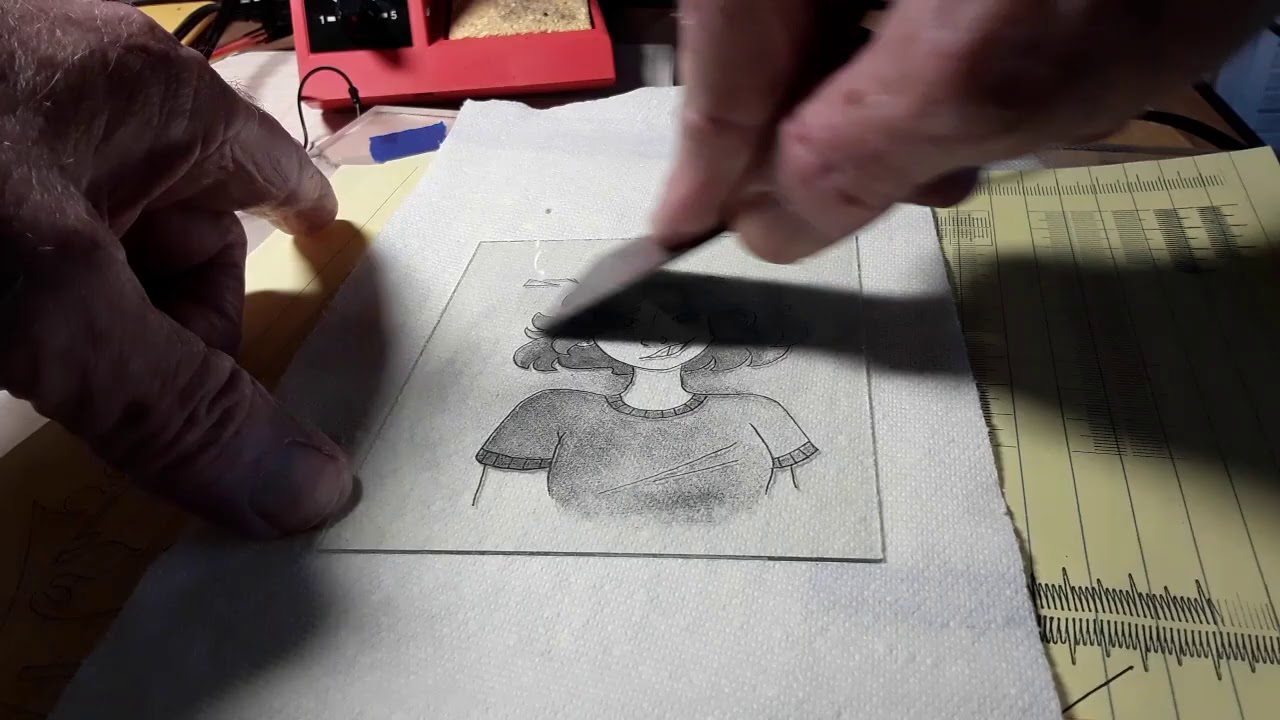It leaves a hard, slightly raised, texture on the glass… where the paint/glass are hit with the laser
This is all done with a simple little 2.5W diode laser. The glass is first coated with a light coat of flat white spray paint, allowed to dry, the image is lasered, and the paint remove with thinner or acetone.
